Faculty
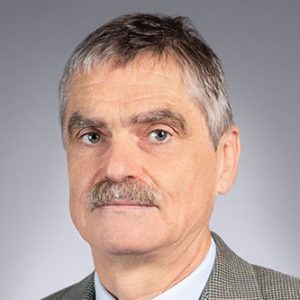
Sep. 6, 2019
Michael S. Chapman
Structural Virology – Host Interactions: The US Food & Drug Administration has now approved two gene replacement therapies: Luxturna™ (2017), a treatment for congenital blindness and Zolgenesma™ (2019) for spinal muscular atrophy (SMA). 1,500 SMA infants have now been treated for this debilitating and fatal genetic disorder. These, and treatments for hemophilia and other diseases, use recombinant rAAV vectors to deliver DNA to afflicted cells. Our structure-function analyses provide a fundamental understanding of the atomic interactions key to cell entry, trafficking, and immune neutralization. These foundations are needed for the engineering of gene therapy vectors that are efficient and specific enough…
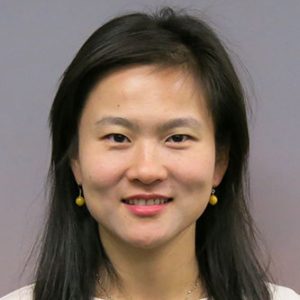
Sep. 6, 2019
Xiao Heng
The 5′-cap of HIV-1 incompletely spliced mRNAs undergoes hypermethylation by the host trimethylguanosine synthase, resulting in the formation of a trimethylguanosine (TMG) cap. Disrupting this process markedly diminishes HIV infectivity, as the TMG-cap enables the viral RNA to access a specialized translation pathway, ensuring sustained viral protein synthesis when the host’s global translation pathway is dampened in response to the stress induced by pathogen invasion. Our lab focuses on characterizing the RNA structures and molecular interactions necessary for the cap epigenetic modification, using a variety of biophysical techniques including NMR spectroscopy, cryoEM, small angle X-ray scattering and isothermal titration calorimetry.
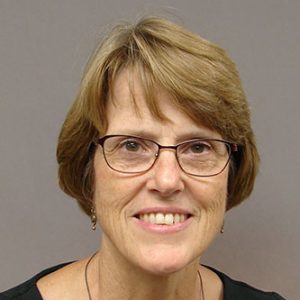
Sep. 5, 2019
Charlotte L. Phillips
To investigate the regulation and structure/function of extracellular matrix to tissue specific expression in the pathogenesis of inherited connective tissue disorders. Type I collagen, the predominant structural protein in many tissues provides strength to bone and tendon, integrity to skin, major organs and blood vessels, and support for mineralization of bone and teeth. Abnormalities in type I collagen synthesis and structure are associated with several acquired and inherited connective tissue disorders (osteogenesis imperfecta, Ehlers-Danlos Syndrome and osteoporosis). Investigating the pathogenesis of the different inherited connective tissues disorders and identifying the specific mutations in the type I collagen genes gives us…
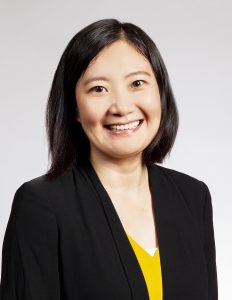
Sep. 4, 2019
Shuangyu Xu
Educational background Ph.D., North Carolina State University M.S., University of Missouri-Columbia Courses taught PRST 2060: Tourism Management PRST 4260/7260: Sustainable Tourism PRST 4357/7357: Domestic and International Tourism: Resources, Market, and Impacts PRST 8400: Constructs of Leisure…
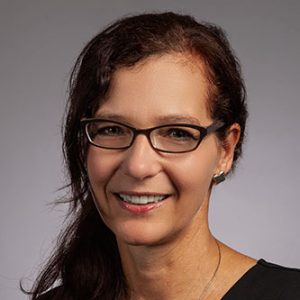
Sep. 2, 2019
Antje Heese
My lab is interested in elucidating novel roles of vesicular trafficking in innate immunity and nutrient-deficiency responses. We focus on host clathrin-coated vesicle (CCV) components with novel roles in innate immune signaling, responses to Pseudomonas syringae pathogenic bacteria and iron (Fe) deficiency responses. This research interest has been ignited by my cross-disciplinary postdoctoral training in protein trafficking in plants (Prof. Natasha Raikhel, DOE Plant Research Lab, Michaigan State University, E. Lansing, MI, USA), sterol requirement in yeast endocytosis (Prof. Howard Riezman, Biozentrum, Basel, Switzerland) and syntaxin phosphorylation in plant immune signaling against pathogenic fungi (Cf-9/Avr9) (Prof. Jonathan Jones, Sainsbury Laboratory,…

Sep. 2, 2019
Abraham J. Koo
JA SIGNALING IN WOUND RESPONSE AND INSECT RESISTANCEOur research involves the study of small signaling molecules that cells use to detect extracellular stimuli and to coordinate intra- and intercellular responses. To compensate for their lack of mobility, plants rely heavily on chemical cues to interact with their surroundings. This is one reason why plants are rich sources of pharmaceuticals and provide attractive models for studying chemically mediated cell signaling. We employ highly sensitive mass spectrometry-based methodologies to capture and monitor plants’ chemical signals. The combined approach of mass spectrometry and genomics in the model plant Arabidopsis thaliana has allowed us…
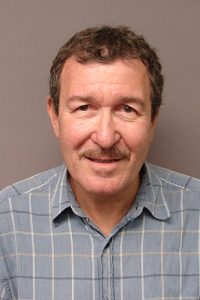
Sep. 2, 2019
Gary A. Weisman
Nucleotide receptors (P2 receptors) are present in nearly all cells and tissues where they mediate diverse functions including the regulation of platelet aggregation, muscle contraction, neurotransmission, insulin secretion, epithelial ion transport, wound healing and cell growth. We have isolated the first human P2 receptor gene and expressed it in mammalian cell lines that normally lack this receptor. These expression systems have enabled us to identify and purify the P2 receptor protein and current research is directed towards investigating structural features of the receptor that affect its functions. We have cloned or obtained 11 different P2 receptor subtypes belonging to 2…
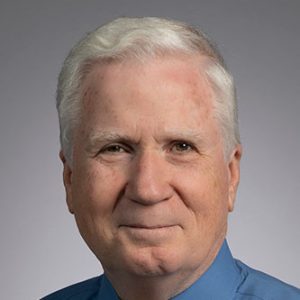
Sep. 2, 2019
Thomas P. Mawhinney
Research in our laboratories focuses on a number of interrelated topics. In the area of exocrine defense mechanisms, with special emphasis on chronic obstructive pulmonary diseases in man, a sizable effort has been trained on developing a better understanding of mucous glycoproteins as a primary and secondary macromolecular defense response against lung pathogens and irritants. Structural elucidation is yielding significant insight into altered post-translational modifications of the side chain oligosaccharides from these molecules. With structural elucidation of respiratory mucins via classical chemical methodology and techniques involving lectins, 500 MHZ 1H-NMR and 13C-NMR, and fast-atom bombardment mass spectrometry (FAB-MS), we have…
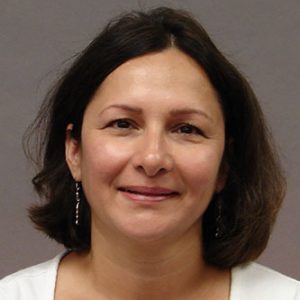
Sep. 2, 2019
Ritcha Mehra-Chaudhary
Chaudhary obtained her M.Sc. and Ph.D. degree in plant physiology from Indian Agricultural Research Institute, New Delhi, India. After moving to the U.S., she trained as a post-doctoral fellow at the University of Tennessee, Memphis and worked on transcriptional regulation and proteomics of murine muscle cell differentiation. Later on, she trained in the field of protein structural biology (X-ray crystallography) and worked as a senior research specialist for eight years at the Structural Biology Core facility at the University of Missouri, Columbia. She is currently involved in undergraduate education and work as an assistant professor of teaching at the Department…
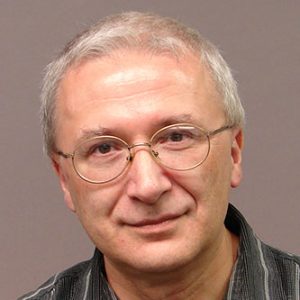
Sep. 2, 2019
Valeri Mossine
Educational background Ph.D. Bioinorganic Chemistry, Academy of Science of Ukraine M.S. Analytic Chemistry, Kiev State University B.S. Chemistry and Math, Kiev State University…